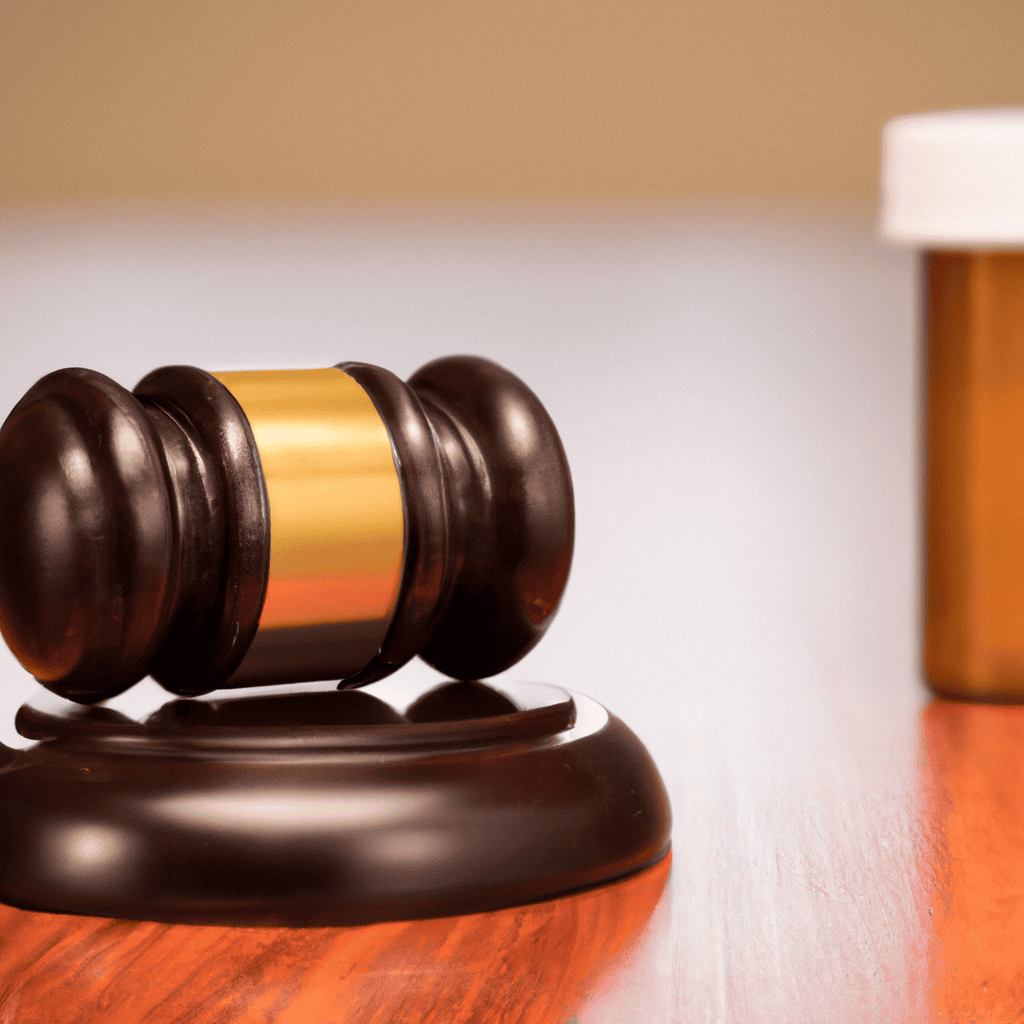What is a Drug Treatment Court
According to the Counter Narcotics Strategy 2023 to 2028, drug treatment courts are specialized judicial dockets that enable individuals to undergo long-term drug treatment and be monitored by the court instead of receiving a jail or prison sentence. Participants who successfully complete the program can have their criminal offenses dismissed or expunged, while those who fail are processed through the traditional justice system.
Types of Treatment Courts
The first treatment court was established in 1989 in Miami, USA, to address the recurring imprisonment of individuals due to drug addiction. Today, there are over 4,000 drug treatment courts across the United States. Adult treatment courts are the most common, comprising about half of all such courts in the country. The first juvenile drug treatment court was introduced in 1995 in Visalia, California, and is designed for youth with substance use disorders involved in the juvenile justice system. These courts typically have a multi-disciplinary team, including a judge, prosecutor, defense attorney, community corrections officer, social workers, and a treatment service professional, and sometimes a police officer. A case coordinator manages the team and case in consultation with the judge.
Who Will Run the Courts
The Counter Narcotics Strategy 2023 to 2028 proposes establishing a drug court coordinating board consisting of judges, prosecutors, law enforcement, and treatment representatives. This board will oversee drug court cases, develop and ensure a sustainable treatment framework, establish screening criteria, and clarify which criminal offenses can be considered. Staff involved in drug court proceedings will receive specialized training.
Benefits of Treatment Courts
The primary goal of drug treatment courts is to treat addiction, recognized as a disease, rather than to punish. Research by the National Institute of Justice (NIJ) has found that treatment courts reduce recidivism and drug use among participants. For instance, participants in treatment courts were significantly less likely to report committing crimes or using drugs in the year prior to being interviewed compared to a non-participant comparison group.
Drug Treatment Courts Internationally
While the drug treatment court model originated in the US, valuable research and case studies from other countries provide insights into how different cultures approach justice and rehabilitation. The United Nations Office on Drugs and Crime (UNODC) endorses drug treatment courts as an effective intervention for individuals with drug use disorders involved in the justice system. Fourteen nations, including Norway, Ireland, Brazil, Trinidad and Tobago, Jamaica, New Zealand, and Australia, have established at least one drug treatment court.
Drug treatment courts
